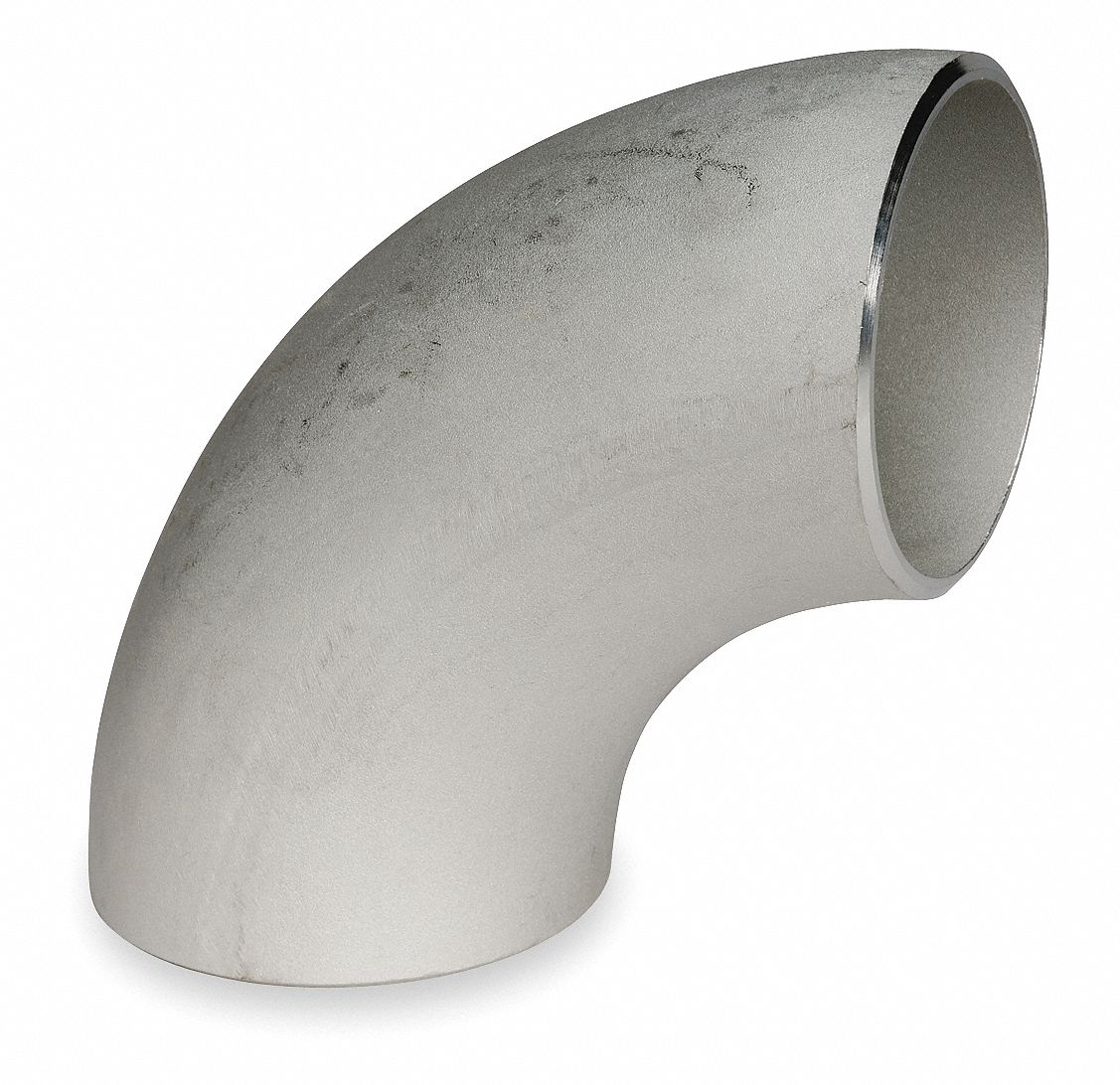-
Cangzhou Yulong Steel Co., Ltd.
-
Phone:
+86 13303177267 -
Email:
admin@ylsteelfittings.com
- English
- Arabic
- Italian
- Spanish
- Portuguese
- German
- kazakh
- Persian
- Greek
- French
- Russian
- Polish
- Thai
- Indonesian
- Vietnamese
- Zulu
- Korean
- Uzbek
- Hindi
- Serbian
- Malay
- Ukrainian
- Gujarati
- Haitian Creole
- hausa
- hawaiian
- Hebrew
- Miao
- Hungarian
- Icelandic
- igbo
- irish
- Japanese
- Javanese
- Kannada
- Khmer
- Rwandese
- Afrikaans
- Albanian
- Amharic
- Armenian
- Azerbaijani
- Basque
- Belarusian
- Bengali
- Bosnian
- Bulgarian
- Catalan
- Cebuano
- China
- China (Taiwan)
- Corsican
- Croatian
- Czech
- Danish
- Esperanto
- Estonian
- Finnish
- Frisian
- Galician
- Georgian
- Kurdish
- Kyrgyz
- Lao
- Latin
- Latvian
- Lithuanian
- Luxembourgish
- Macedonian
- Malgashi
- Malayalam
- Maltese
- Maori
- Marathi
- Mongolian
- Myanmar
- Nepali
- Norwegian
- Norwegian
- Occitan
- Pashto
- Dutch
- Punjabi
- Romanian
- Samoan
- Scottish Gaelic
- Sesotho
- Shona
- Sindhi
- Sinhala
- Slovak
- Slovenian
- Somali
- Sundanese
- Swahili
- Swedish
- Tagalog
- Tajik
- Tamil
- Tatar
- Telugu
- Turkish
- Turkmen
- Urdu
- Uighur
- Welsh
- Bantu
- Yiddish
- Yoruba

Sep . 18, 2024 17:51 Back to list
bending 316 stainless steel tubing
Bending 316 Stainless Steel Tubing Techniques and Considerations
When it comes to bending stainless steel tubing, especially grade 316, there are several important considerations to keep in mind. 316 stainless steel is renowned for its excellent corrosion resistance, making it a popular choice in marine applications, chemical processing, and food manufacturing. However, bending this type of tubing requires precision and an understanding of various techniques to avoid compromising its structural integrity.
Understanding the Material Properties
Before delving into the bending process, it’s crucial to understand the properties of 316 stainless steel. This alloy contains molybdenum, which enhances its resistance to pitting and crevice corrosion in chloride environments. However, its strength and hardness can make it challenging to bend, especially in thicker wall applications. This necessitates the use of specialized bending techniques to ensure a smooth and accurate bend without cracking or deforming the material.
Bending Techniques
There are several methods available for bending 316 stainless steel tubing, each with its own advantages and disadvantages
bending 316 stainless steel tubing

1. Mandrel Bending This technique utilizes a support rod placed inside the tubing to maintain its shape and prevent deformation during the bending process. Mandrel bending is ideal for tight radii and produces high-quality bends, making it a preferred method for many applications.
2. Rotary Draw Bending In this method, the tubing is drawn around a die which controls the bend radius. This technique is suitable for achieving consistent, precise bends, and is commonly used in industrial applications. It often involves the use of a press brake, which can exert a significant amount of force to achieve the desired bend.
3. Three-Roller Bending This method employs three rollers to guide and shape the tubing as it is fed through. This technique is effective for larger diameter tubes and provides a smooth bending process. However, it may not be suitable for intricate designs or tight bends.
Considerations Before Bending
Several factors must be considered before bending 316 stainless steel tubing, including wall thickness, bend radius, and the direction of the grain. A larger bend radius can reduce the risk of cracking, while thinner walls are more susceptible to deformation. Additionally, maintaining the grain direction is critical, as it influences the metal's strength and flexibility.
In conclusion, bending 316 stainless steel tubing is a specialized process that requires careful planning and execution. By understanding the properties of the material and selecting the appropriate bending technique, one can achieve the desired results while maintaining the integrity and performance of the tubing in its intended application.
Latest news
-
ANSI 150P SS304 SO FLANGE
NewsFeb.14,2025
-
ASTM A333GR6 STEEL PIPE
NewsJan.20,2025
-
ANSI B16.5 WELDING NECK FLANGE
NewsJan.15,2026
-
ANSI B16.5 SLIP-ON FLANGE
NewsApr.19,2024
-
SABS 1123 FLANGE
NewsJan.15,2025
-
DIN86044 PLATE FLANGE
NewsApr.19,2024
-
DIN2527 BLIND FLANGE
NewsApr.12,2024
-
JIS B2311 Butt-Welding Fittings LR/SR 45°/90° /180°Seamless/Weld
NewsApr.23,2024











